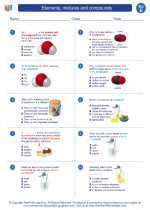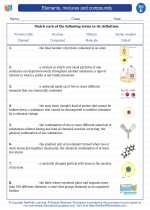Ecological Succession
Ecological succession refers to the process of change in the species structure of an ecological community over time. It is the gradual and predictable process through which ecosystems develop and change following a disturbance or the creation of a new habitat.
Primary Succession
Primary succession occurs in an environment that has never before been colonized by a community of organisms. This can happen on bare rock surfaces, newly formed volcanic islands, or areas left exposed by retreating glaciers. The process of primary succession begins with the arrival of pioneer species, such as lichens and mosses, that can survive in harsh conditions and begin to break down the rock surface, eventually leading to the formation of soil. Over time, larger plants and then animals colonize the area, leading to the development of a stable ecosystem.
Secondary Succession
Secondary succession occurs in an environment that has been disturbed, but where soil and some species still exist. Examples of disturbances that can lead to secondary succession include forest fires, abandoned agricultural land, and areas affected by human activities. In secondary succession, the process begins with the growth of pioneering plants and the gradual re-establishment of a diverse community of organisms. Over time, the ecosystem may return to a state similar to its original condition before the disturbance.
Study Guide
- Define ecological succession.
- Explain the difference between primary and secondary succession.
- Identify examples of primary and secondary succession in different ecosystems.
- Describe the role of pioneer species in ecological succession.
- Discuss the importance of ecological succession in the development and stability of ecosystems.
- Compare and contrast the processes and outcomes of primary and secondary succession.
- Examine the human impact on ecological succession and the restoration of disturbed ecosystems.
- Discuss how ecological succession can be applied to conservation and restoration efforts.
Understanding ecological succession is important for comprehending how ecosystems change over time and how they respond to natural and human-induced disturbances. It provides valuable insights for conservation and restoration efforts, as well as for predicting and managing the impacts of environmental changes.
[Ecological Succession] Related Worksheets and Study Guides:
.◂Science Worksheets and Study Guides Fifth Grade. Elements, mixtures and compounds

 Activity Lesson
Activity Lesson
 Worksheet/Answer key
Worksheet/Answer key
 Worksheet/Answer key
Worksheet/Answer key
 Worksheet/Answer key
Worksheet/Answer key
 Worksheet/Answer key
Worksheet/Answer key
 Vocabulary/Answer key
Vocabulary/Answer key
 Vocabulary/Answer key
Vocabulary/Answer key
